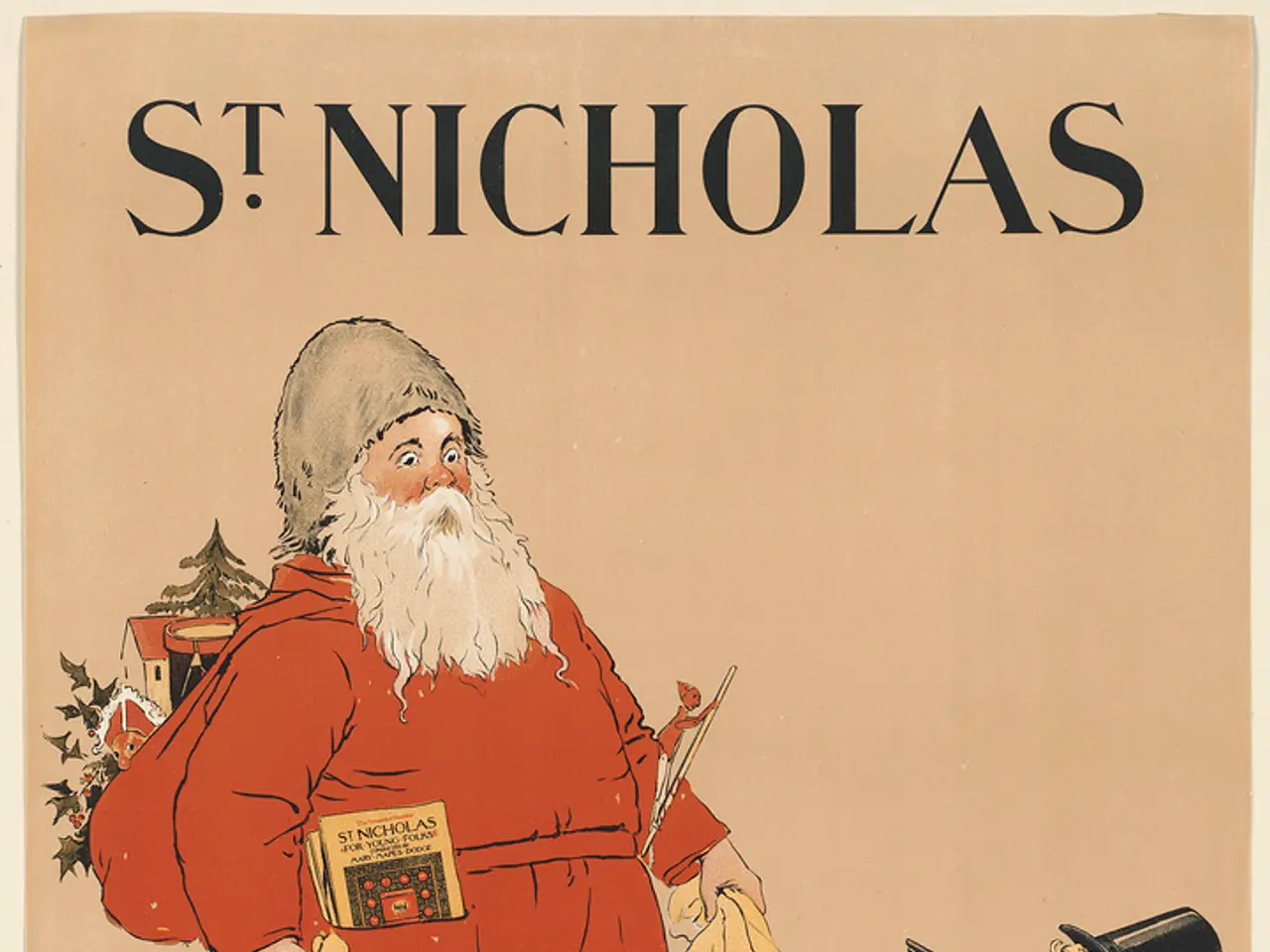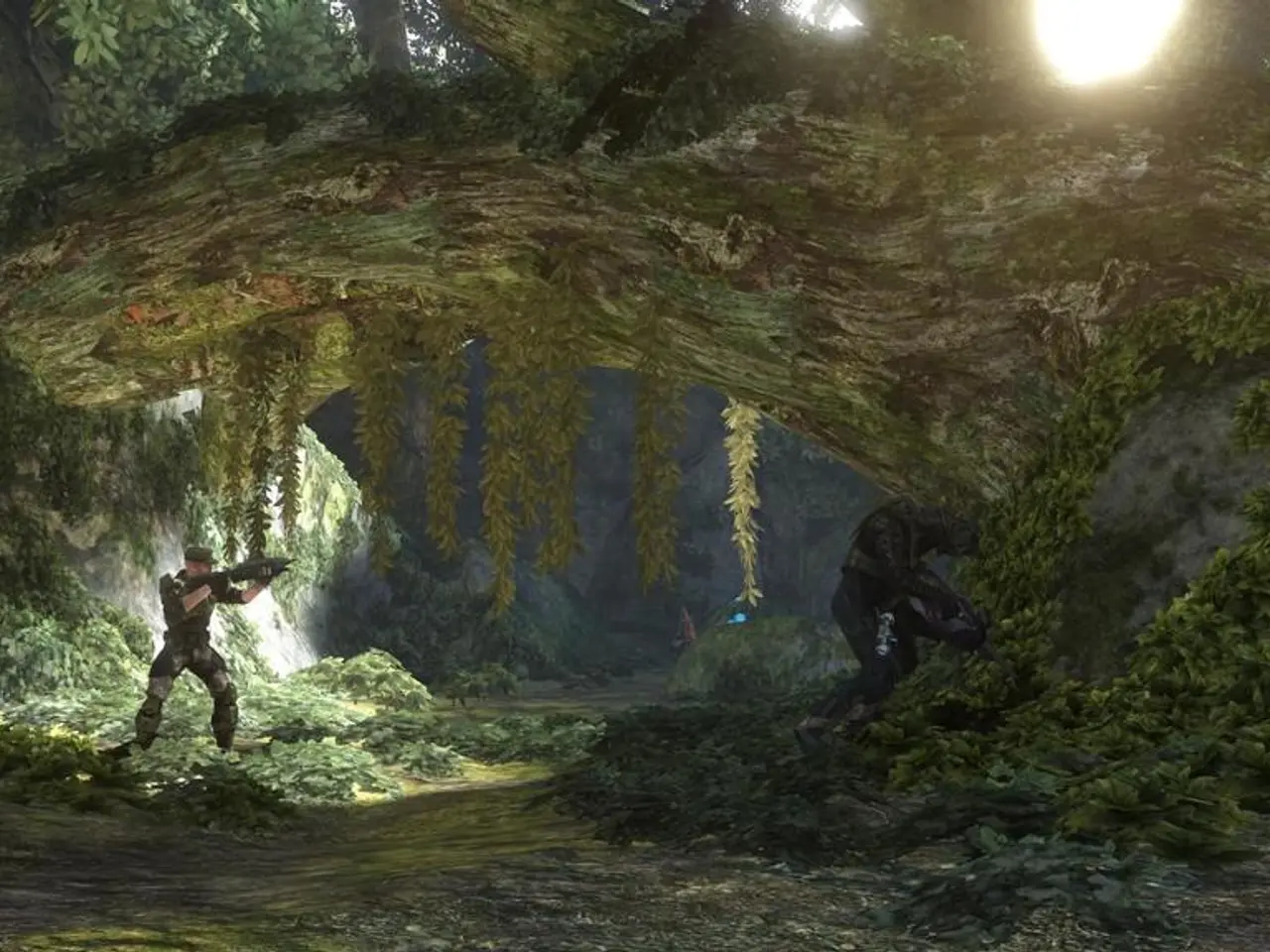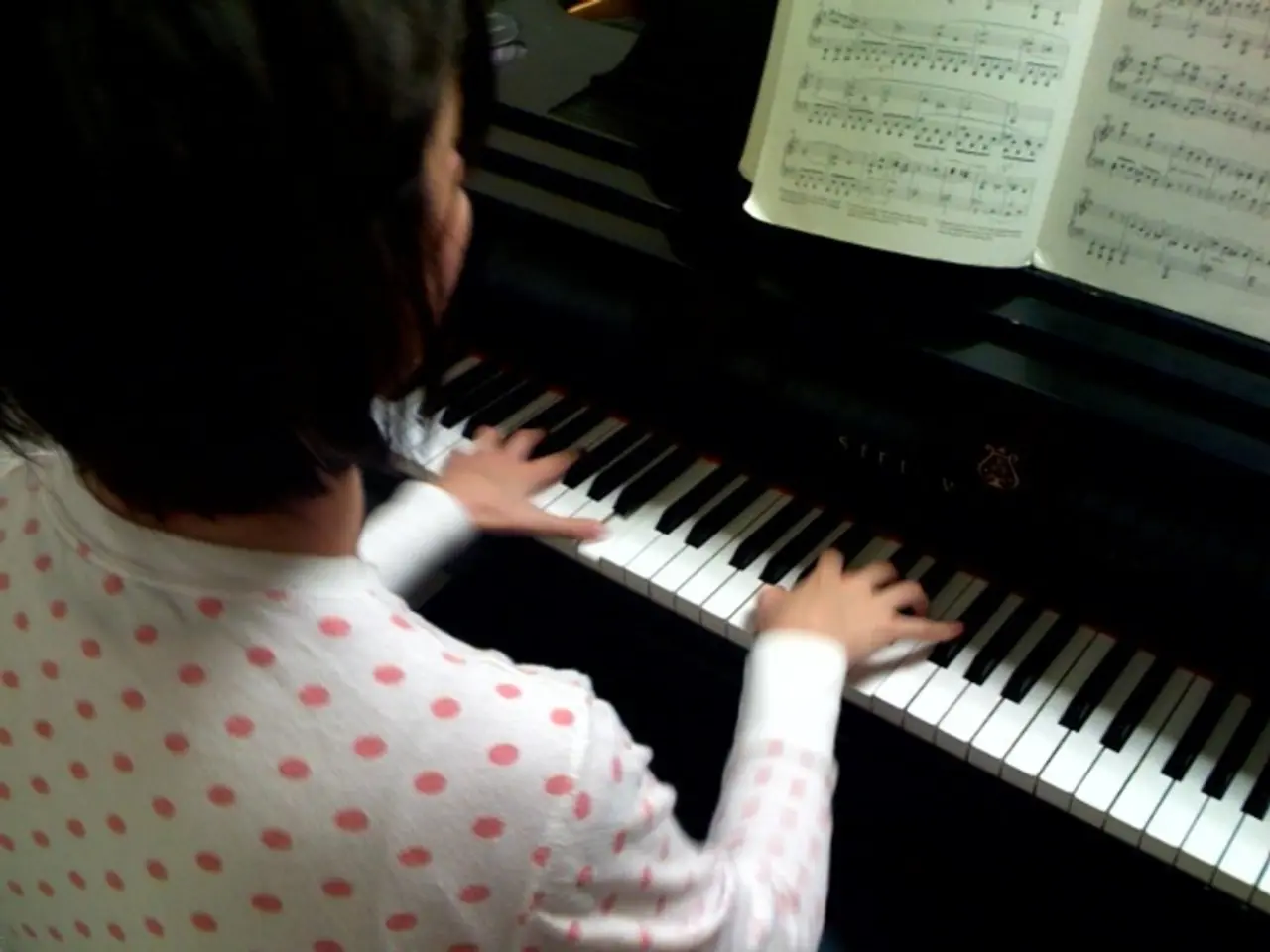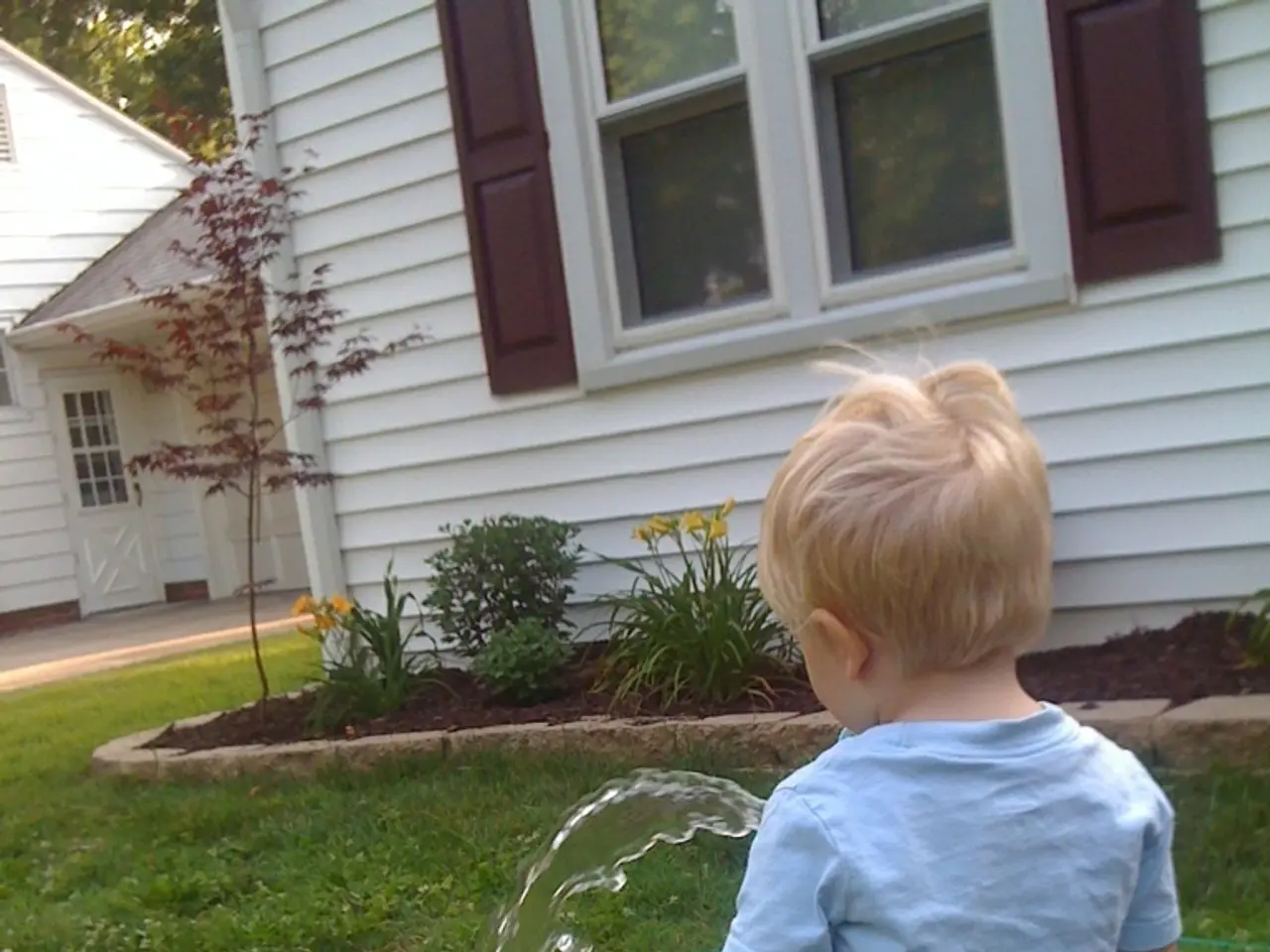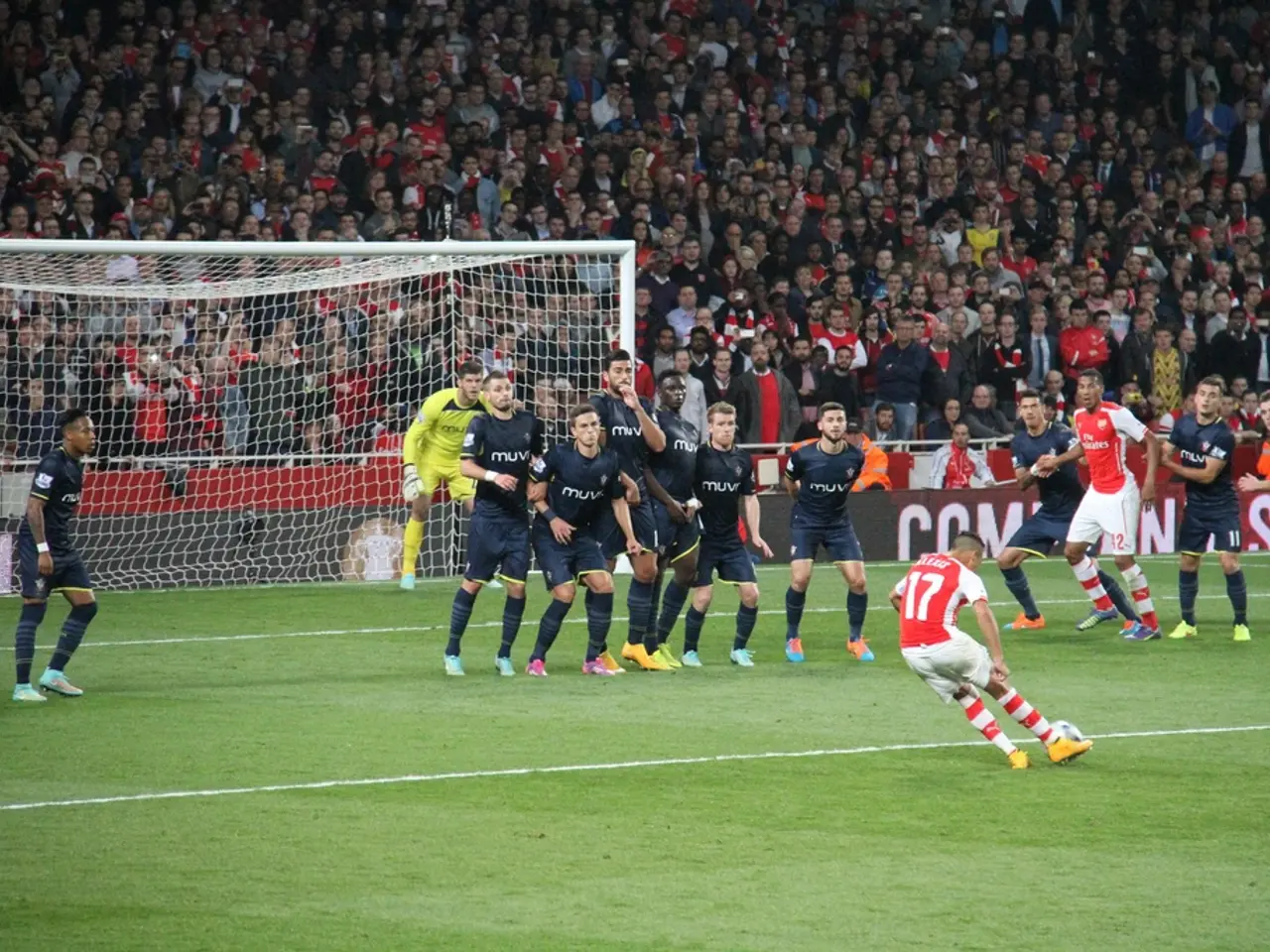Uncovering the Origins and Importance of Adolphe Adam's "O Holy Night" Lyrics
In the heart of 19th-century Paris, a melody was born that would become one of the most cherished Christmas carols of all time. Adolphe Adam, a prolific composer known for his operas and ballets, composed the music for "O Holy Night" (originally titled "Cantique de Noël") in 1847. The lyrics were penned by Placide Cappeau, a French wine merchant and poet, who asked Adam to set his poem to music for Christmas.
Adam, a Jewish-born French composer best known for ballets like Giselle and many operas, created a melody that beautifully encapsulates the miraculous birth of Jesus Christ. The musical style exemplifies Romantic-era melody with religious solemnity, contributing to its enduring popularity.
Notably, "O Holy Night" was the first Christmas song ever broadcast on radio during Reginald Fessenden’s pioneering broadcast on Christmas Eve, 1906, when Fessenden played the song on violin accompanying a reading of the nativity story from the Gospel of Luke.
The English translation by American minister John Sullivan Dwight added abolitionist overtones, especially in the second verse: “Chains shall he break, for the slave is our brother...” Dwight, an abolitionist, saw the song as a call for equality and an end to oppression, which gave the carol a social and humanitarian dimension beyond the religious theme.
Placide Cappeau was not a professional lyricist when he wrote the lyrics for "O Holy Night". Yet, his poem, later translated into English, has left an indelible imprint on our hearts and minds and continues to touch millions worldwide.
Adolphe Adam's skillful blend of the lyrics with the tune is considered a testament to his extraordinary musical prowess. He studied at the Paris Conservatoire from 1825, where his mentors included François-Adrien Boieldieu and Luigi Cherubini. Adam resisted his father's wishes to pursue a career in music and wanted to join the military. However, his passion for music prevailed, and he went on to produce the well-received ballet "Giselle" and several operas, including "Le Postillon de Longjumeau", "Si j'etais roi", and "Giralda, ou La nouvelle psyché".
In summary, "O Holy Night" is not just a cherished carol but also a work with social significance and pioneering broadcast heritage. It encapsulates the essence of Christmas with its heartwarming lyrics and melodious tune, and its impact continues to resonate across the globe.
References:
- History of "O Holy Night"
- Adolphe Adam
- Placide Cappeau
- John Sullivan Dwight
"Adolphe Adam, known for his operas and ballets, also composed the music for 'O Holy Night', which became one of the most cherished Christmas carols. This melody beautifully encapsulates the essence of the Christmas story, with its romantic-era melodious style."
"Notably, 'O Holy Night' was the first Christmas song ever broadcast on radio, making it pioneering in entertainment as well as music history."
